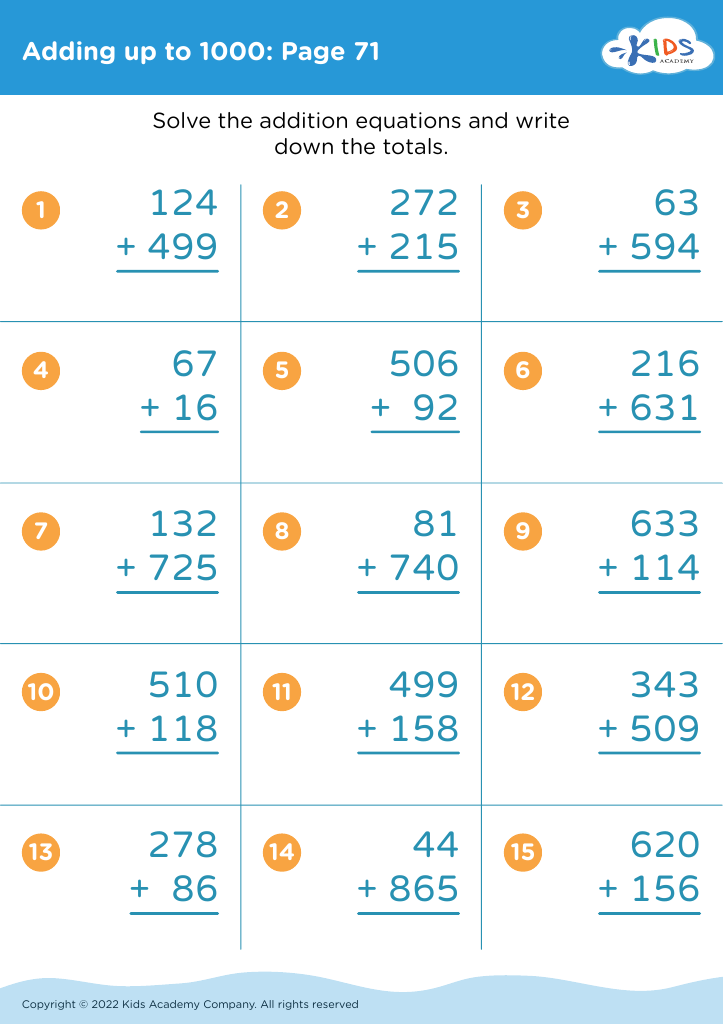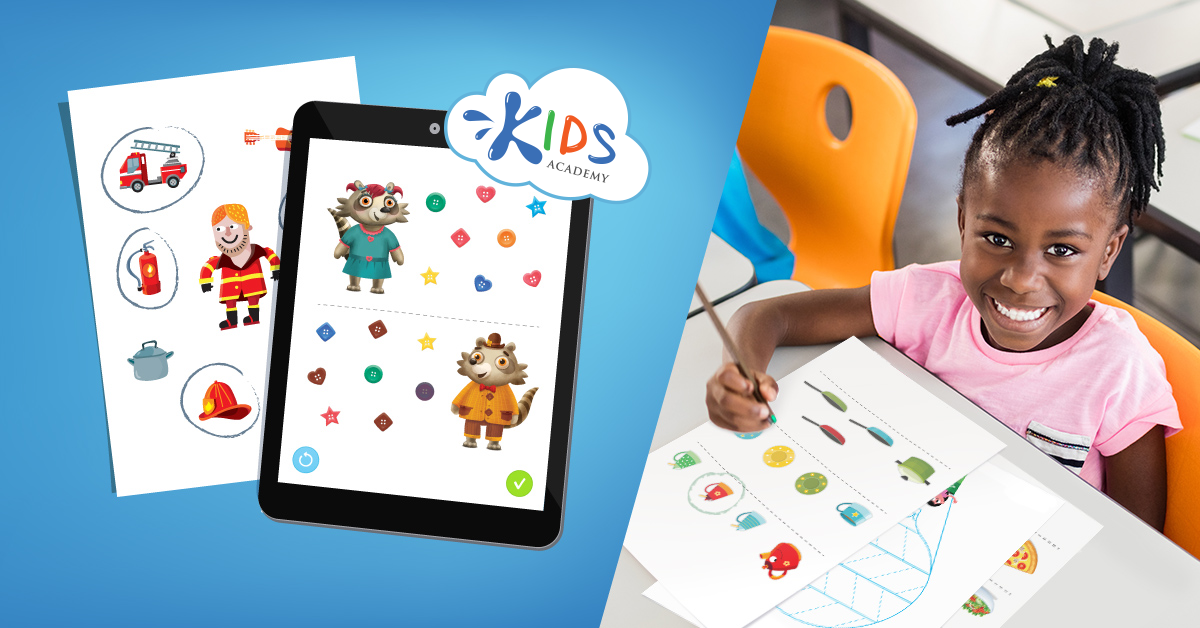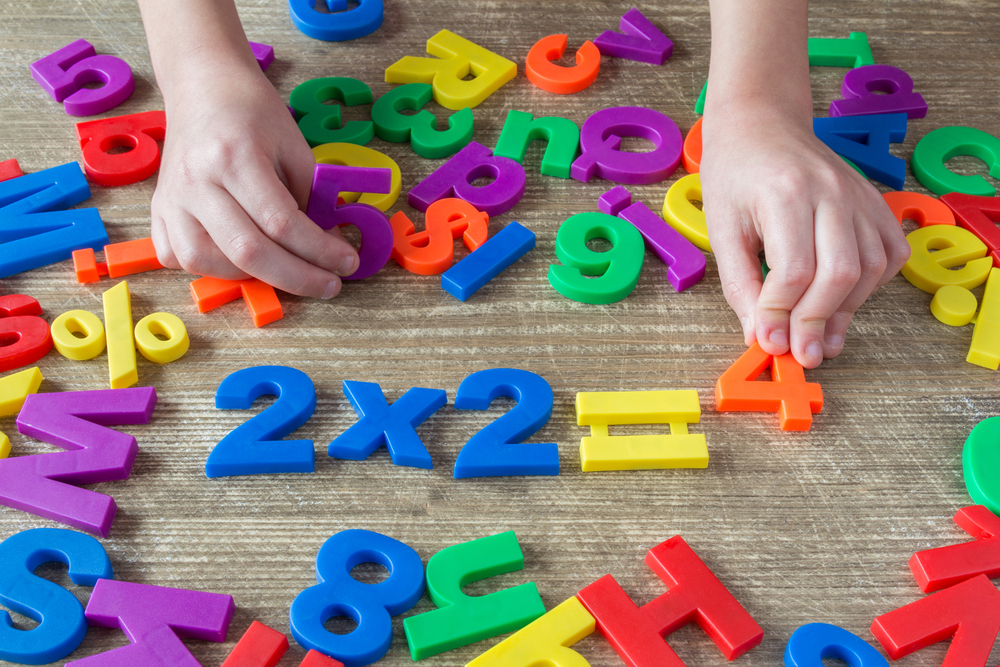Analog clock reading Worksheets for 7-Year-Olds
4 filtered results
-
From - To
Help your 7-year-old master the art of telling time with our engaging Analog Clock Reading Worksheets! Designed for young learners, these colorful and interactive worksheets offer a variety of exercises that teach essential skills in analog time reading. From identifying hour and minute hands to practicing time intervals, our resources ensure that learning is both fun and educational. Each worksheet is crafted to build confidence in clock reading skills, making checking the time an enjoyable experience. Perfect for home or classroom use, our worksheets will enhance your child’s understanding and application of time-telling concepts. Embrace the joy of learning today!
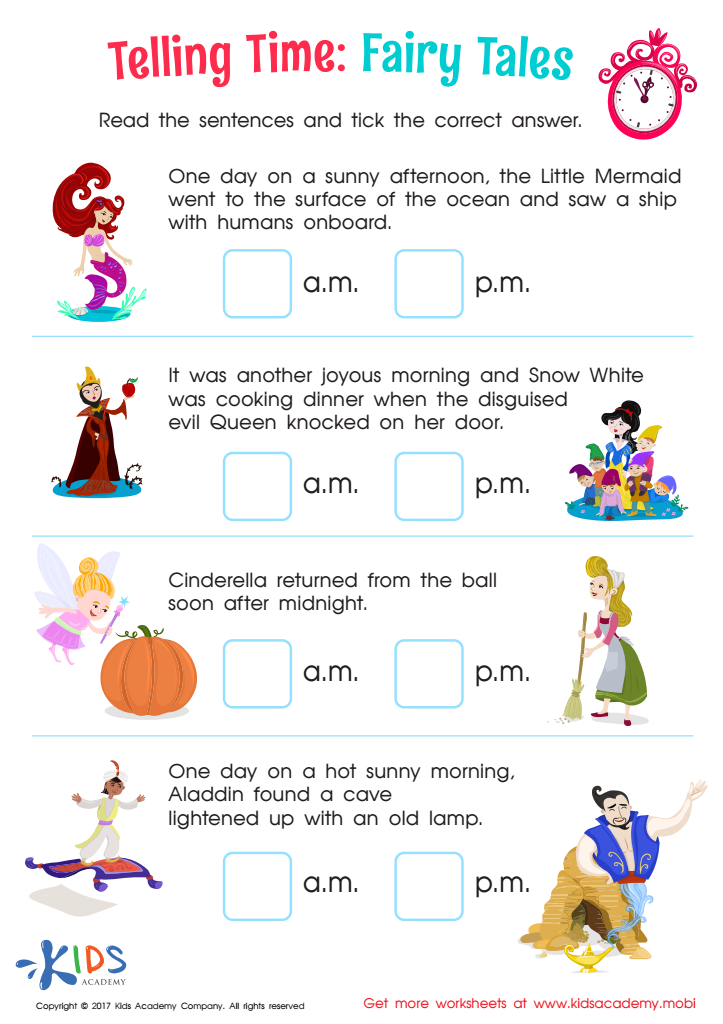

Telling Time: Fairy Tales Worksheet
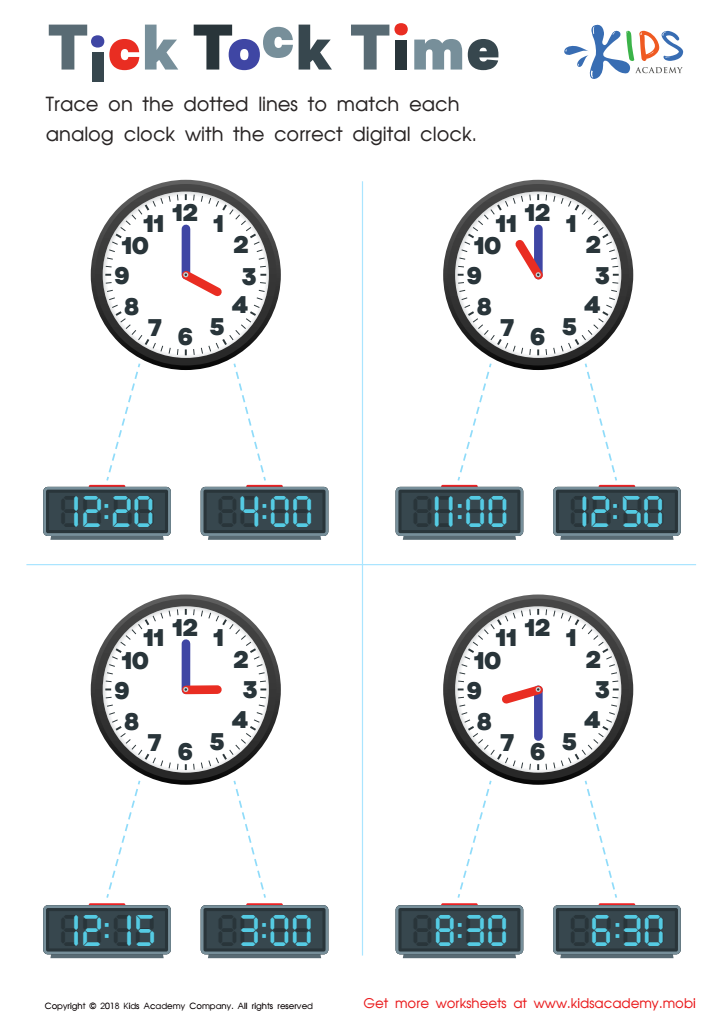

Tick Tock Time Worksheet


Time to Catch the Train Part 2 Worksheet
Teaching 7-year-olds to read an analog clock is crucial for several reasons. Firstly, mastering this skill enhances children's understanding of time concepts. While digital clocks are commonplace, analog clocks help kids grasp the idea of hours and minutes visually, allowing them to comprehend the passage of time more intuitively. Recognizing the cyclical nature of hours, minutes, and seconds aids in their overall cognitive development.
Secondly, reading an analog clock fosters independence. Children with clock-reading skills can manage time for their daily activities—such as when to wake up, eat, and complete homework—leading to better time management habits as they grow. This promotes responsibility and self-discipline, essential traits for lifelong success.
Additionally, understanding analog clocks sparks curiosity about mathematics. Counting by fives to determine the Minutes and recognizing fractions regarding dividing the clock further develop essential math skills.
Finally, in various social settings (like school or sports events), being able to read an analog clock enhances social interactions and participation.
In sum, teaching children to read analog clocks helps them build essential life skills, promotes cognitive and social development, and fosters independence that lays the groundwork for their future.
 Assign to My Students
Assign to My Students

